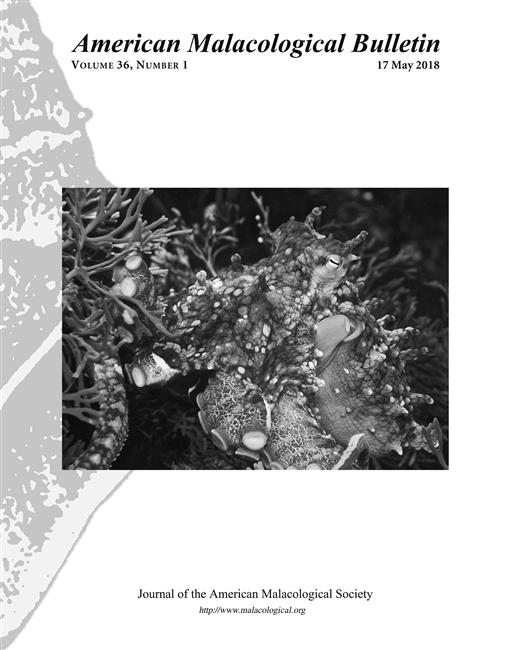Population density commonly affects snail biology and is an important ecological factor to consider in any pest control program because population growth rates can be affected. Lissachatina fulica (Bowdich, 1822) is a pest of plants throughout the worldwide tropics; however, its biology is not completely known. We studied the effects of three rearing densities: low (5 snails per 25 × 38 × 17 cm (L × W × H) cage), medium (15 snails), or high (35 snails), on L. fulica growth, reproduction, and survival. High rearing density reduced growth, affected the initiation of egg laying, and reduced the number of eggs laid per snail and per clutch. Mortality did not increase with high rearing density, nor was any cannibalism observed, even when snails were deprived of food. Juvenile snail survival was more affected by lack of food than was adult survival, and availability of calcium did not compensate for lack of food. High-density rearing effects were not likely caused by limited food, calcium, or oxygen.
How to translate text using browser tools
1 May 2018
Effects of Density and Food Deprivation on Growth, Reproduction, and Survival of Lissachatina fulica
Katrina Leah Dickens,
John Lowell Capinera,
Trevor Randall Smith
ACCESS THE FULL ARTICLE

American Malacological Bulletin
Vol. 36 • No. 1
May 2018
Vol. 36 • No. 1
May 2018




